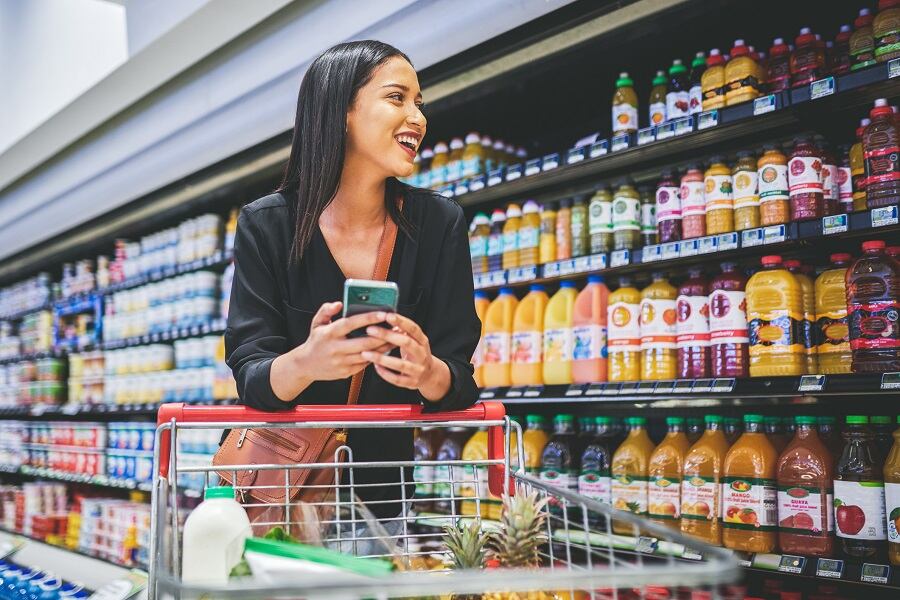More than 2,200 respondents across the country participated in the survey which analyzed beverage choices, giving more insight into consumers’ nuanced preferences that are contributing to the beverage industry’s $3.49 trillion market.
Consumer awareness around health risks linked to sugar and artificial sweeteners continue shaping beverage choices with 49% of respondents saying they want to reduce their overall sugar intake and avoid artificial sweeteners. Further, 49% also said their choices are based on recognizable, simple ingredients, underscoring the growing trend for diverse, yet familiar flavors like florals, herbs and spices.
“The relevance of these findings along with qualitative interviews revealed that our palates here in the US are becoming more accustomed to different flavor profiles beyond typical sweetness across the beverage sector. We are seeing the emergence of new flavor profiles that include sour, slightly bitter and herbaceous making their way into more accessible beverage offerings which invites the consumer to experiment and discover,” Melissa Abbott, VP, syndicated studies, Hartman Group, explained to FoodNavigator-USA.
While sweet is still here to stay, Abbott added that consumers are veering towards natural sweeteners (and colors) for classics like soda and diet soda:
“This trend toward less sweet, yet a little bit of sugar or monk fruit being okay has been fortified by the recent health warnings surrounding aspartame and sucralose. People will continue to drink their classic diet sodas but we are seeing a slow migration away from artificial sweeteners in pink, blue and yellow packets.”
Understanding consumers’ need states
Beverages will continue to play a significant role on consumers’ wellbeing with 61% and 56% reporting that taste and hydration, respectively, shape their beverage choice. Consumers choose soda for taste and hydration, while water is chosen for hydration and nutrition. Unsurprisingly, coffee is chosen for energy and 55% of consumers said that they choose an energizing drink at certain times, highlighting the morning coffee or afternoon energy drink routines.
Consumers choose alcoholic and non-alcoholic beverages for an experience; with 34% reporting they choose these beverages to relax and 26% for a treat.
There’s a fine line between functional beverages and non-alcoholic drinks as consumers choose both to relax or have a treat, but with the former being chosen for nutrition as well.
Abbott clarified that while consumers’ choices are nuanced, it’s essential for manufacturers to find the most relevant components to build upon:
“The key for manufacturers is to focus on addressing the most relevant need states a beverage meets rather than addressing all need states. Within a set of need states, it’s also key for retailers to differentiate offerings within and across categories through taste/flavor combinations as well as ingredients, packaging and communication.”
Concern over plastic versus convenience
The growing number of consumers who are concerned about waste from single-use plastic beverage bottles is also battling with the demand for convenience, posing “more challenges than solutions,” Abbott explained.
“As some CPG companies are pledging to reduce and eliminate virgin plastic within packaging, beverage companies have been slower to act while implying proper disposal is the responsibility of the consumer via recycling, yet headlines conveying how little plastic actually gets recycled has greatly diminished consumer trust,” she said.
She added that companies investing in waste reduction and elimination practices will jump ahead in the long run, as consumers continue to grow wary of packaging that adversely impacts the environment:
“And in parallel with meeting consumer need states from a product perspective, companies investing in innovation and technology within packaging (e.g., Plastic Neutral, fungi and algae-based packaging) will undoubtedly have greater relevance with the consumer in the coming years.”

